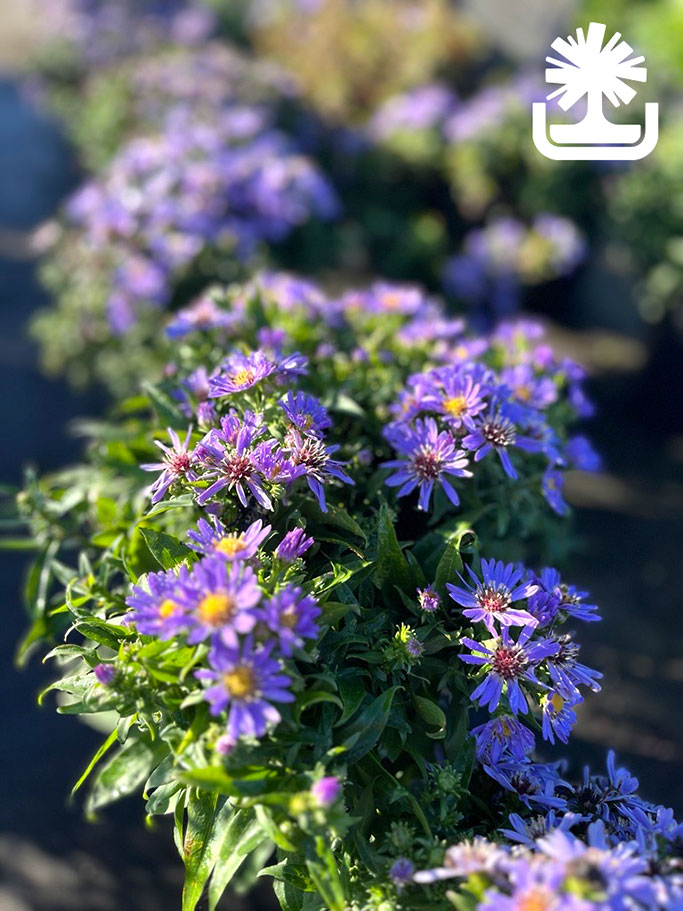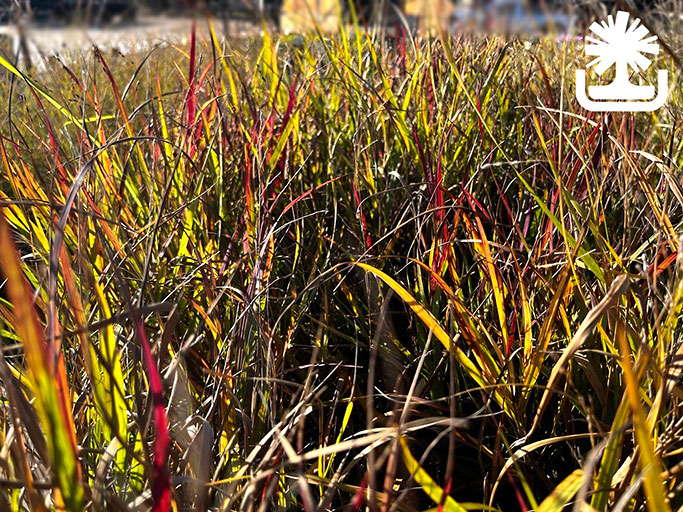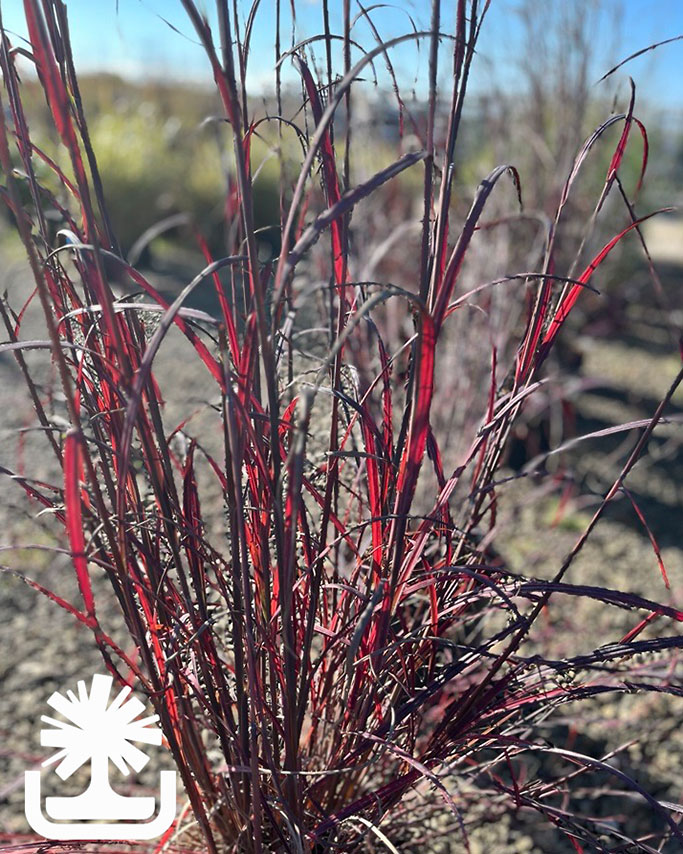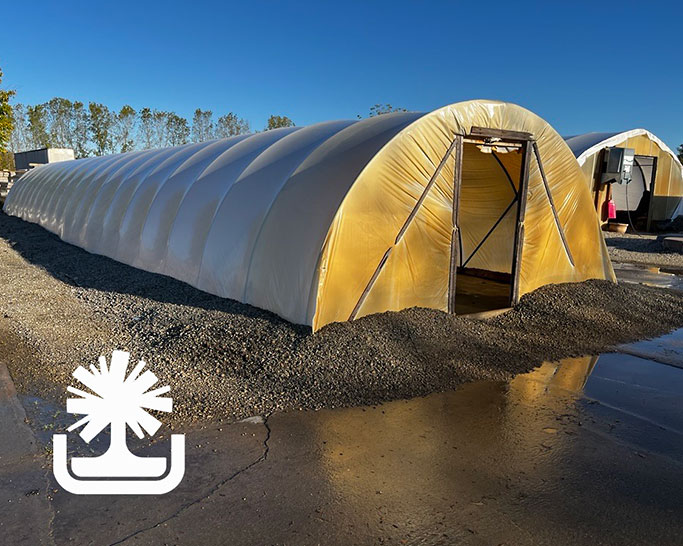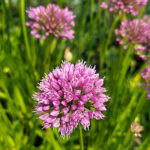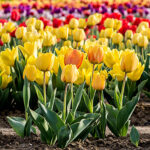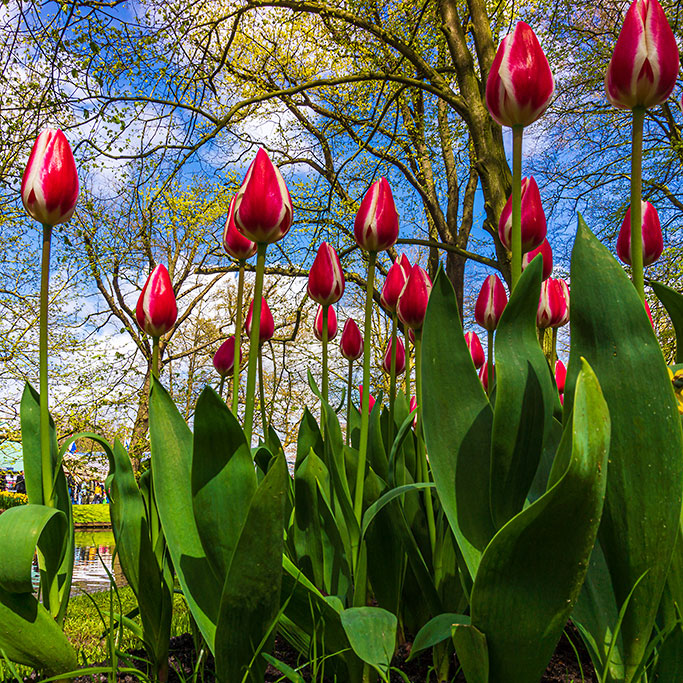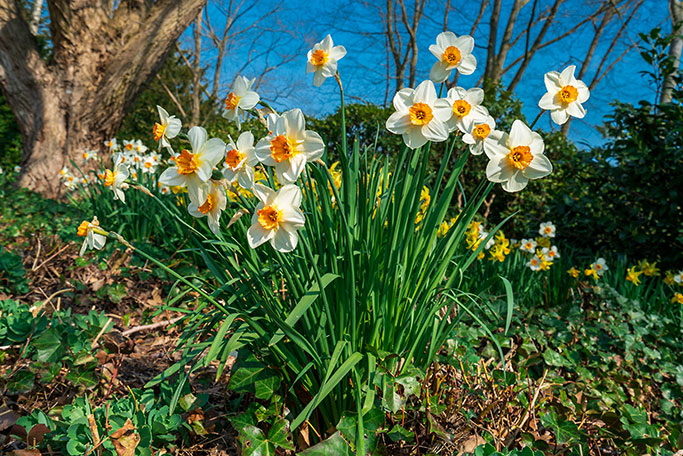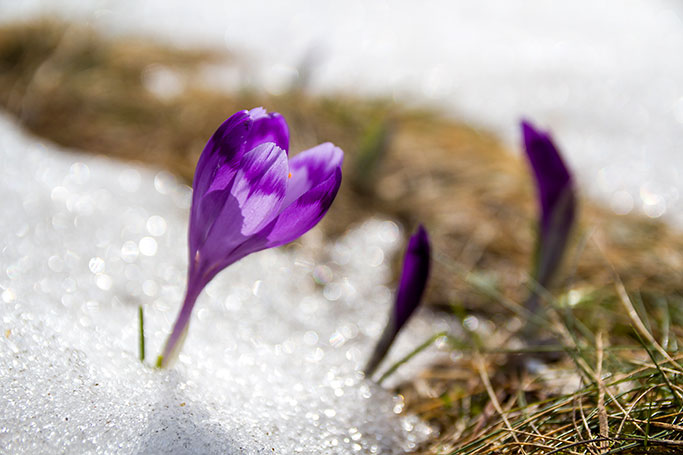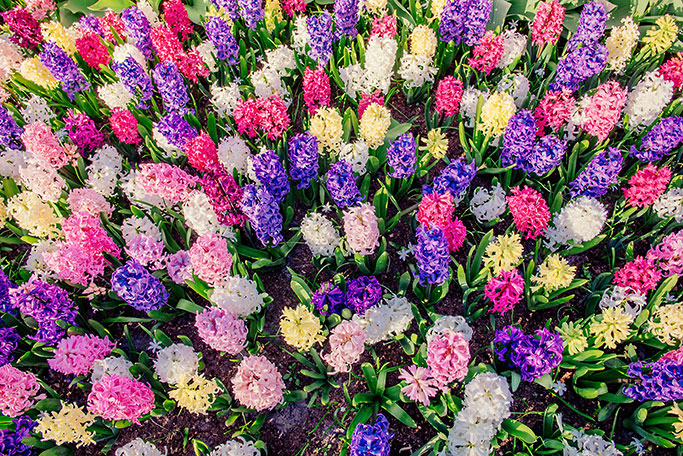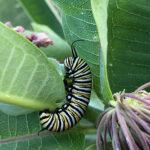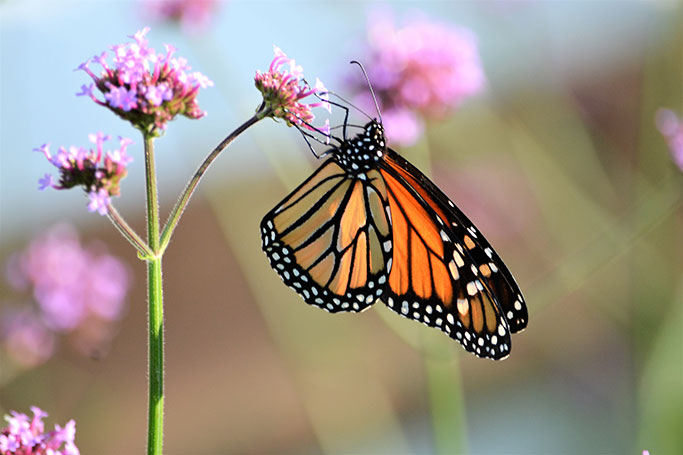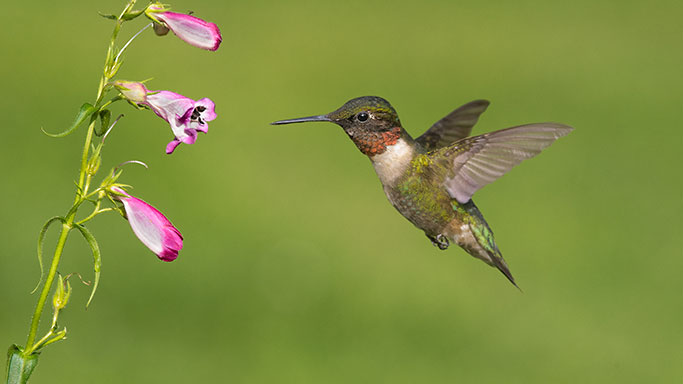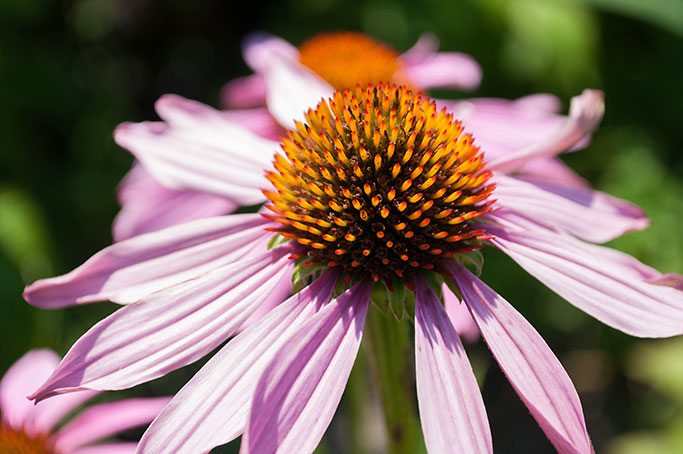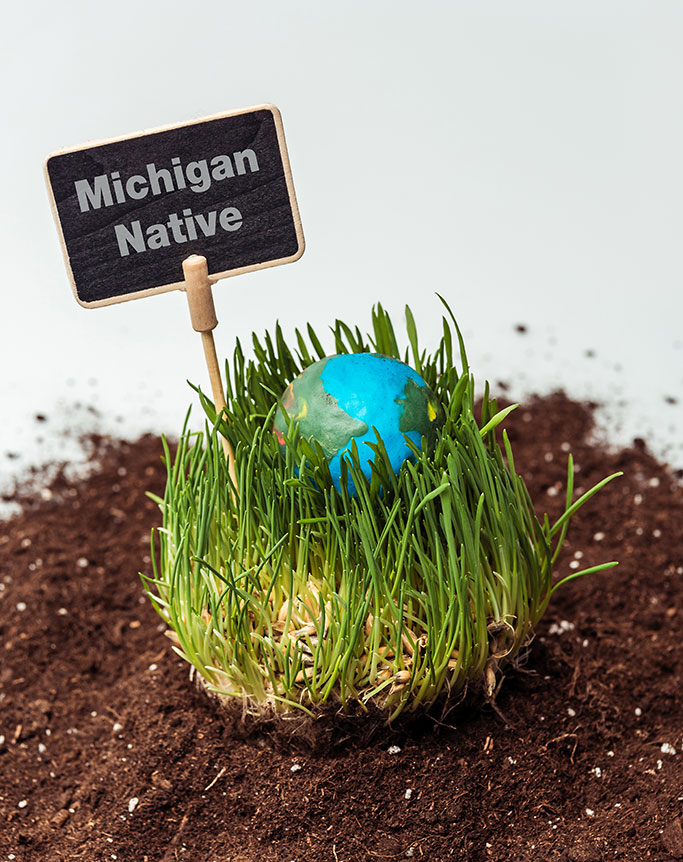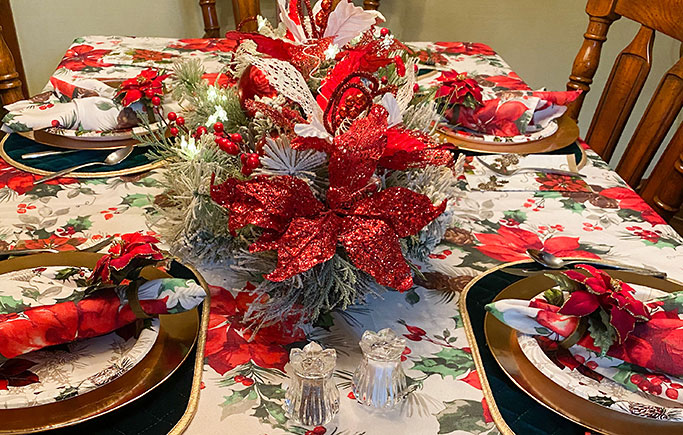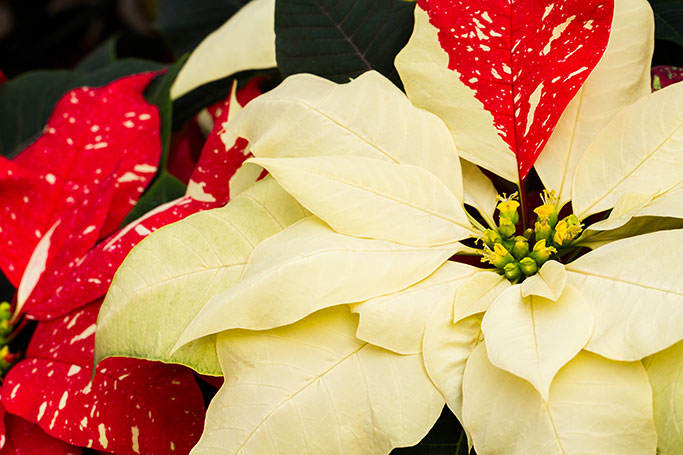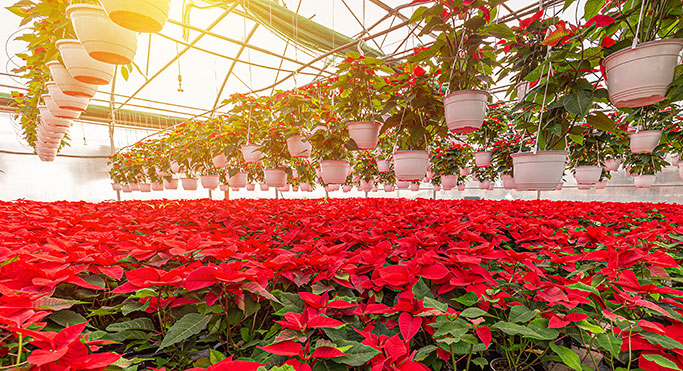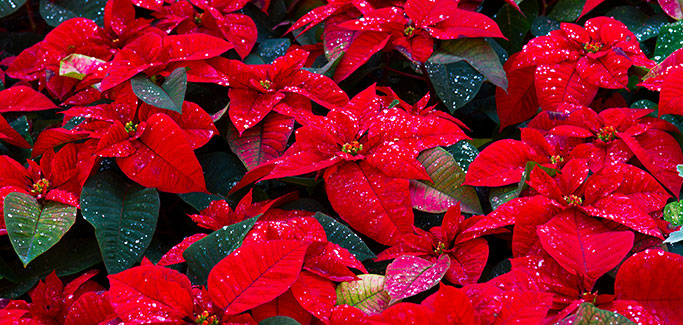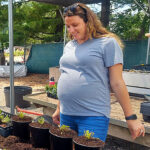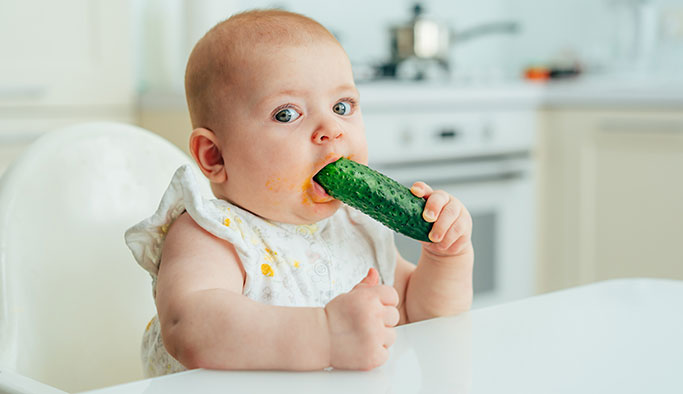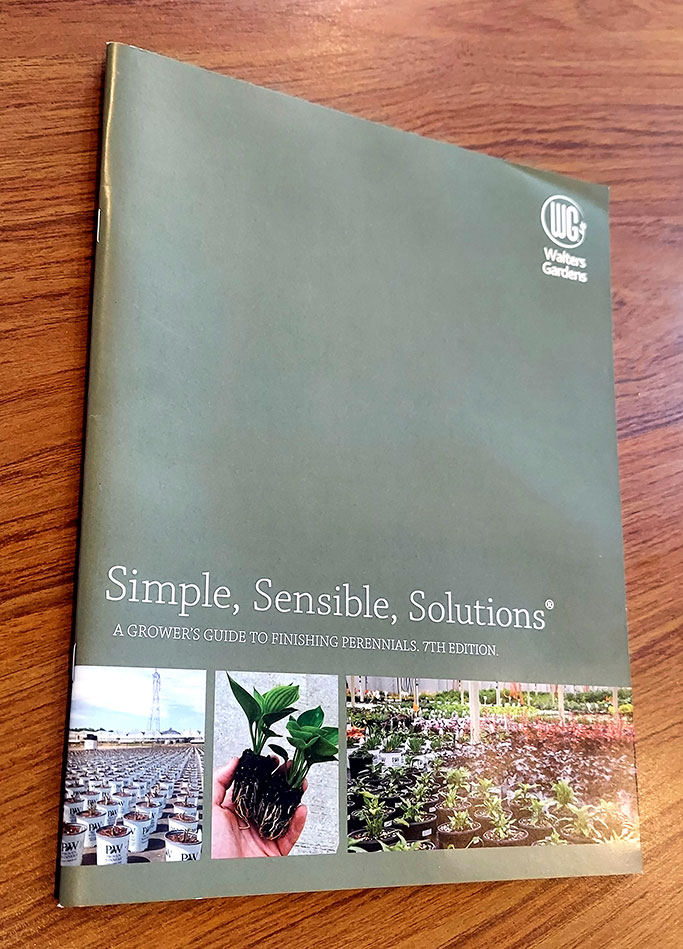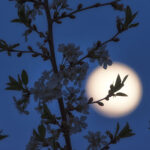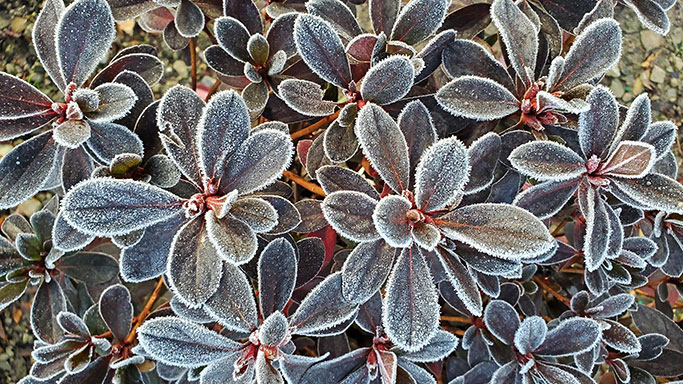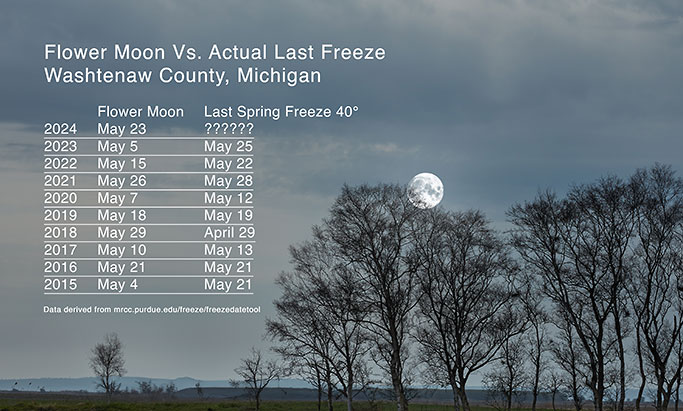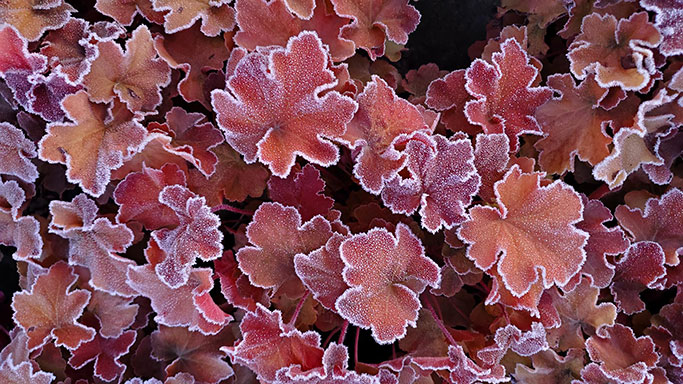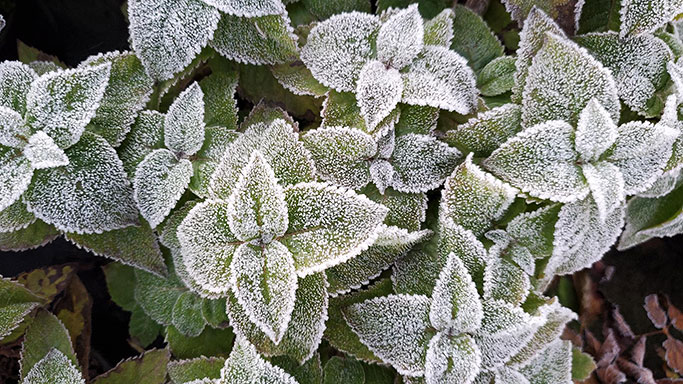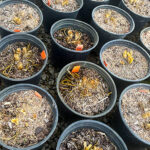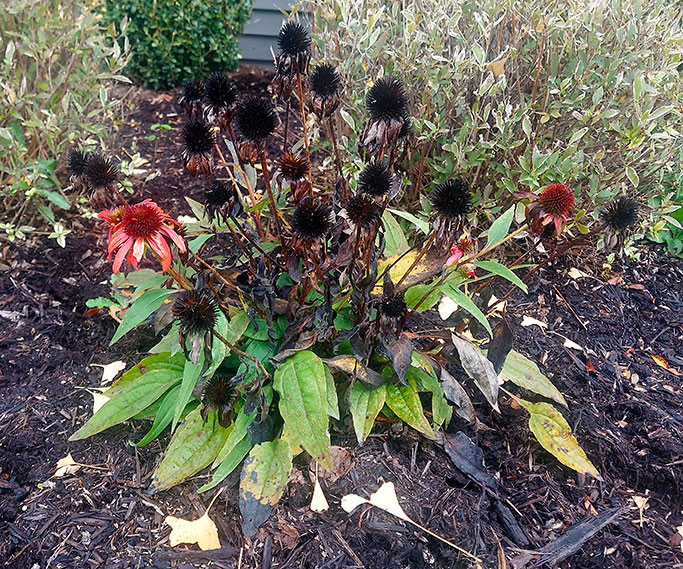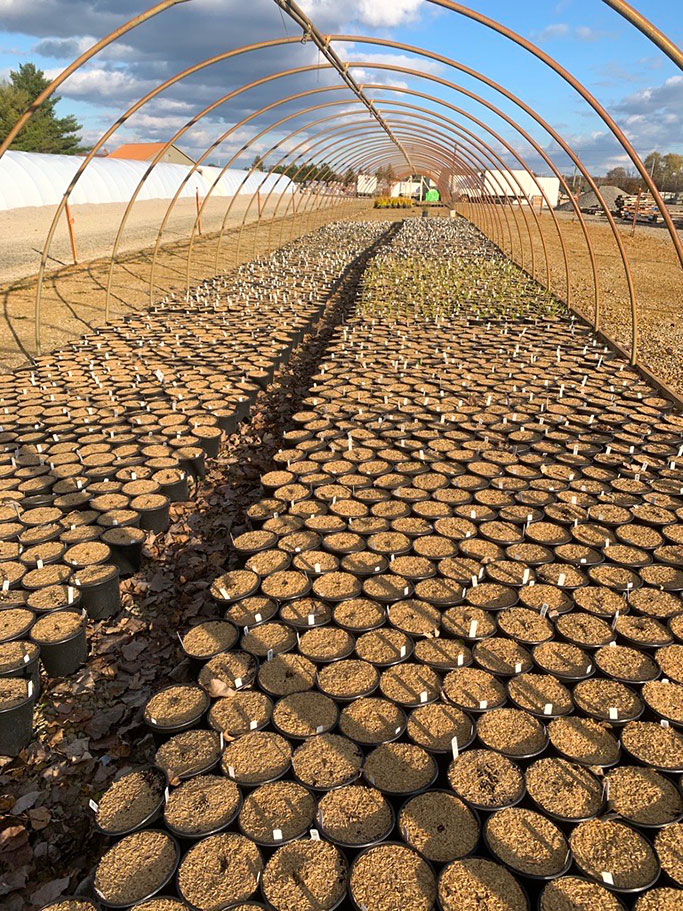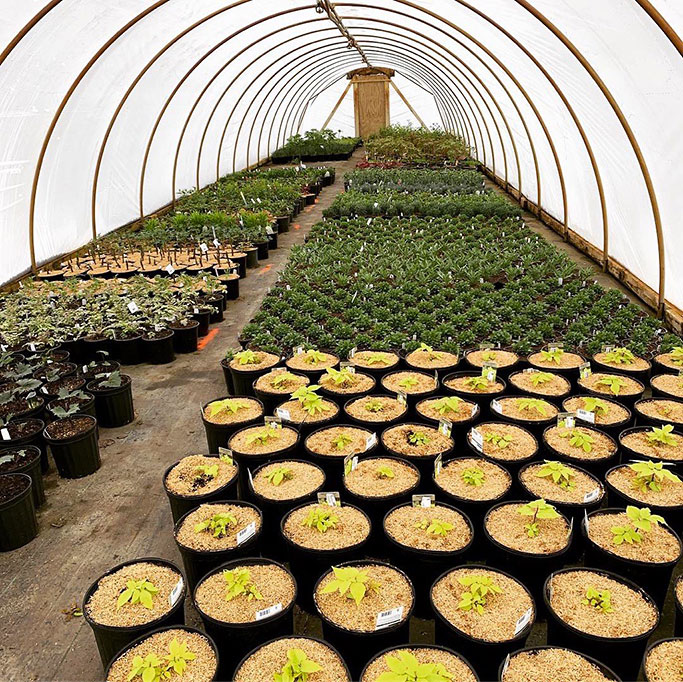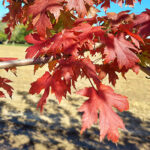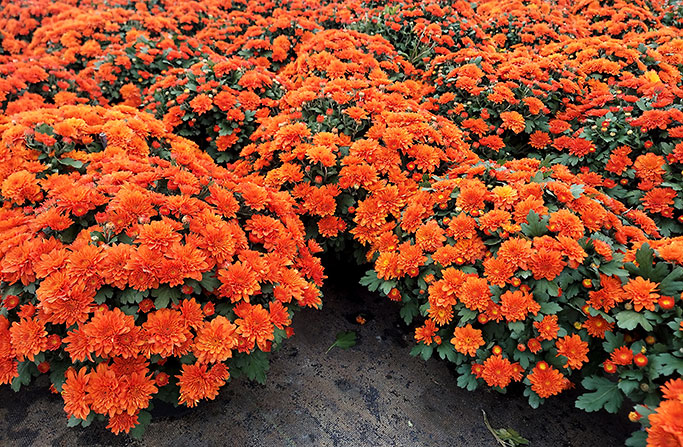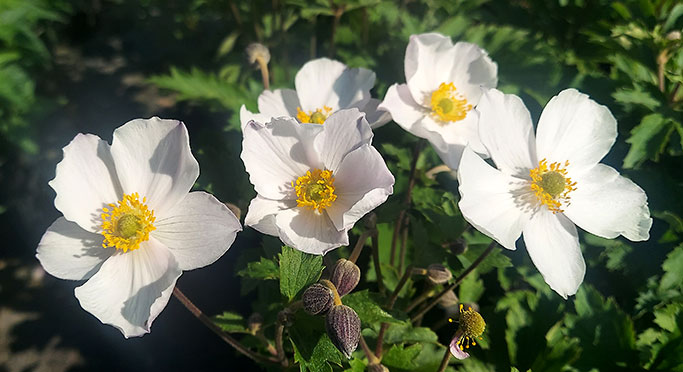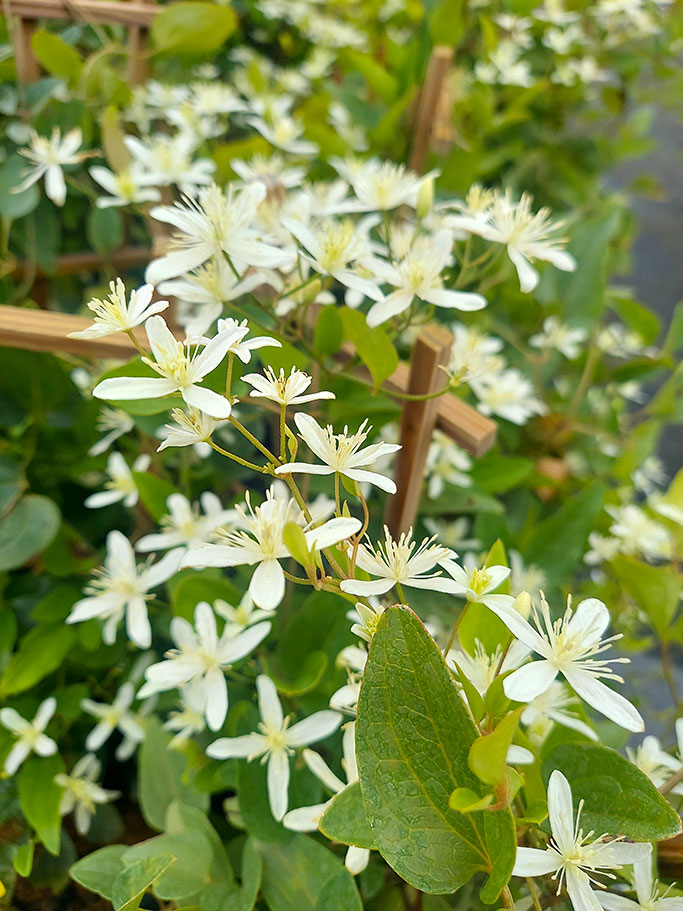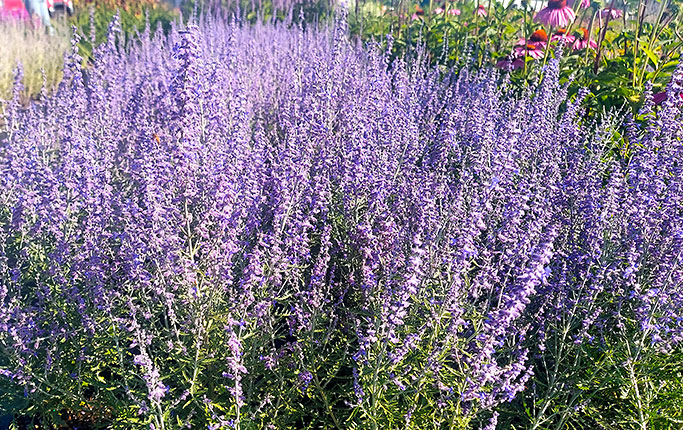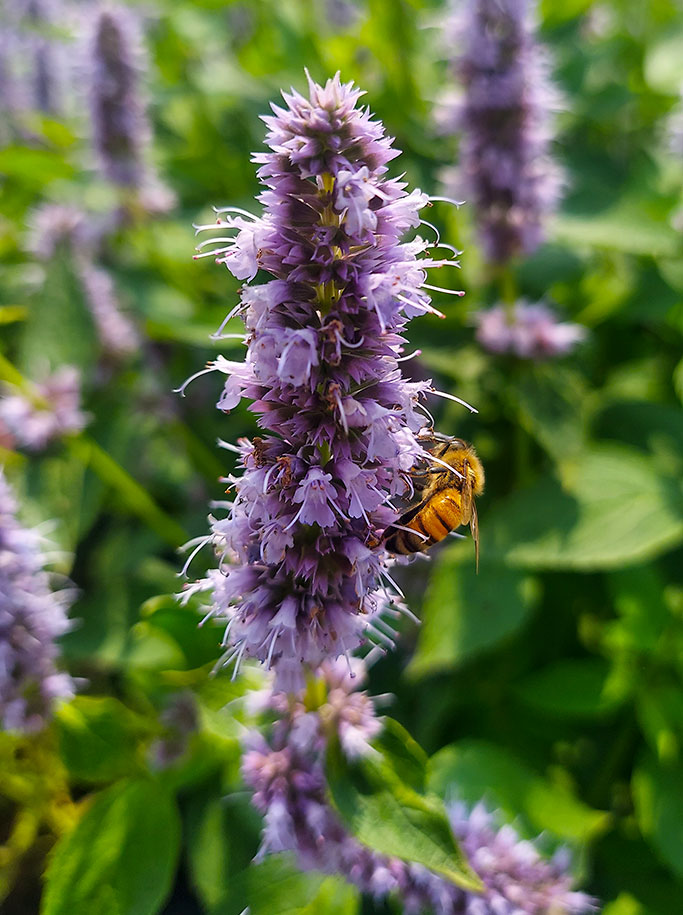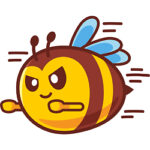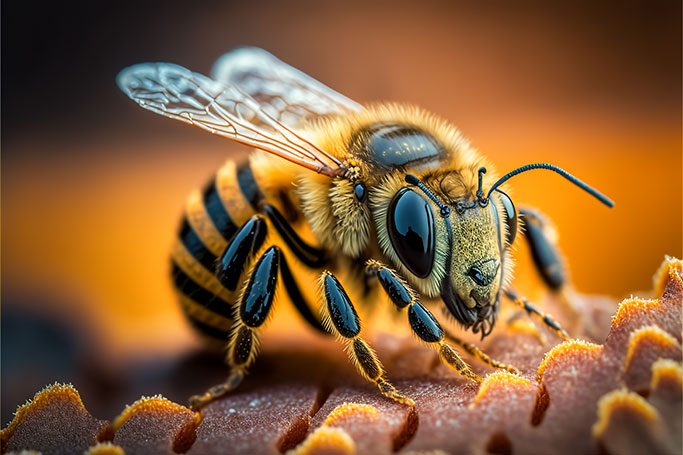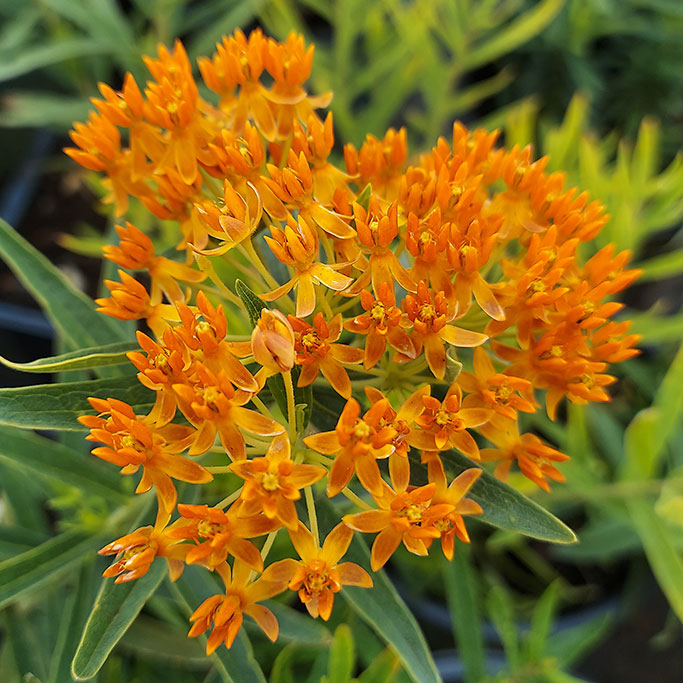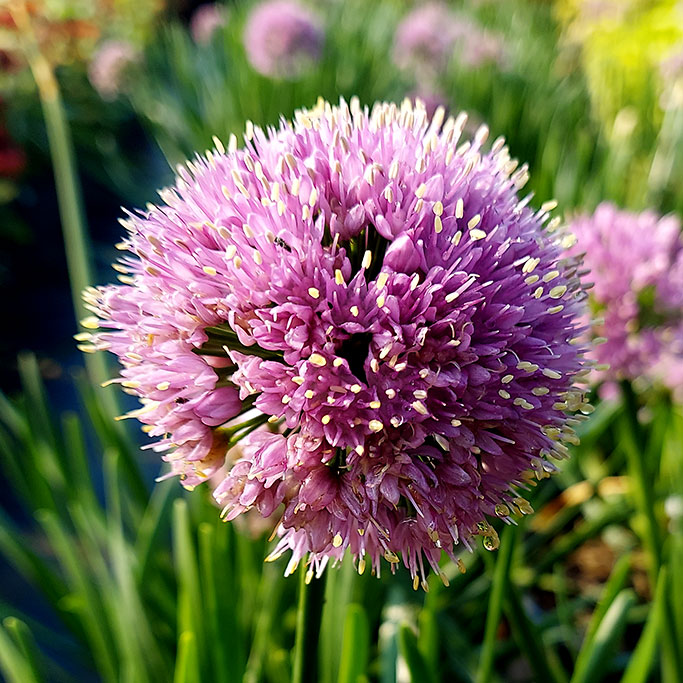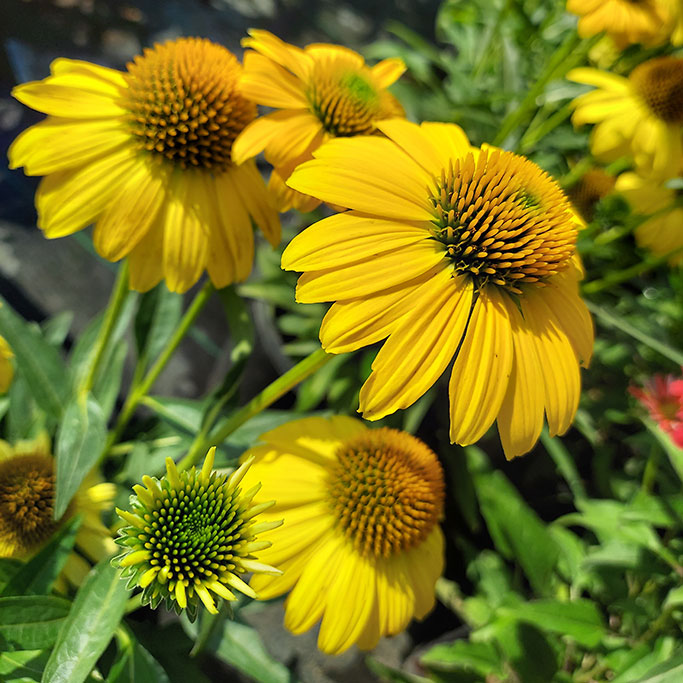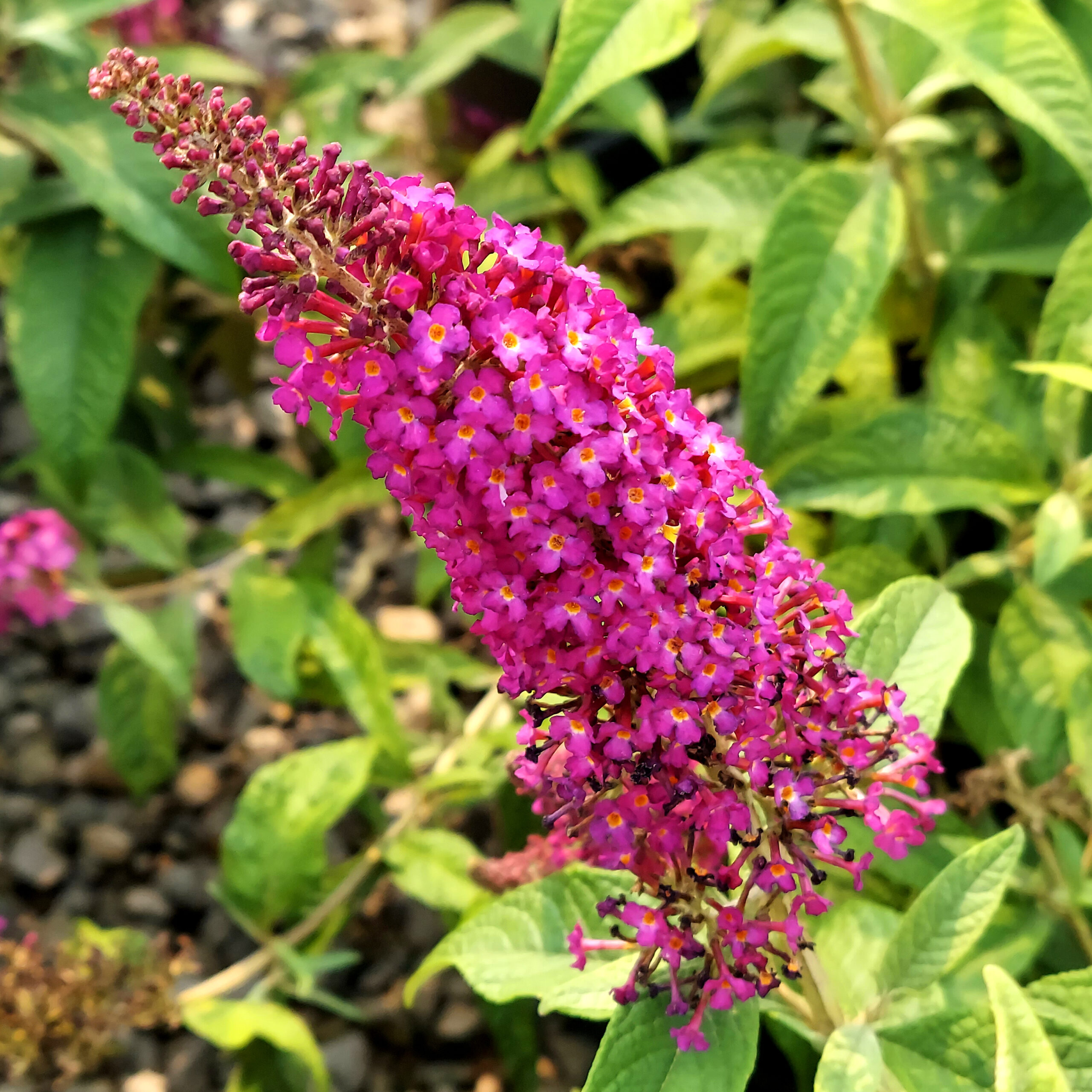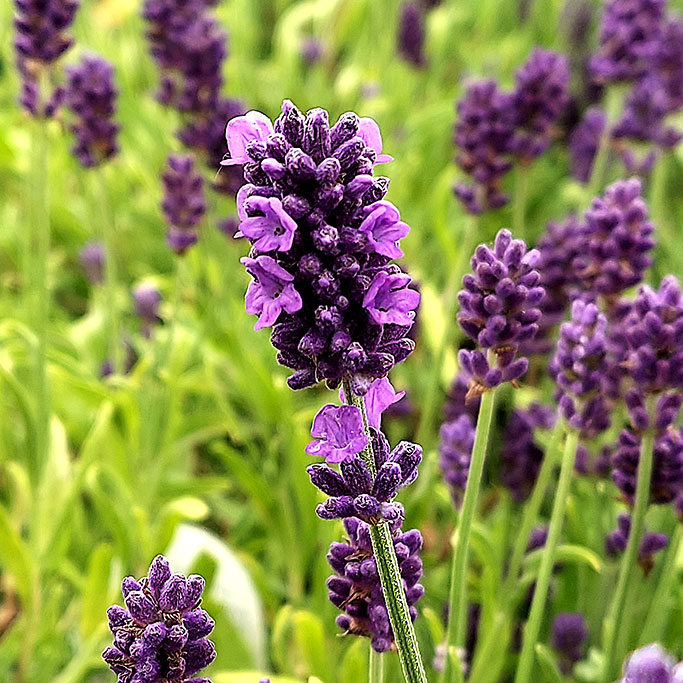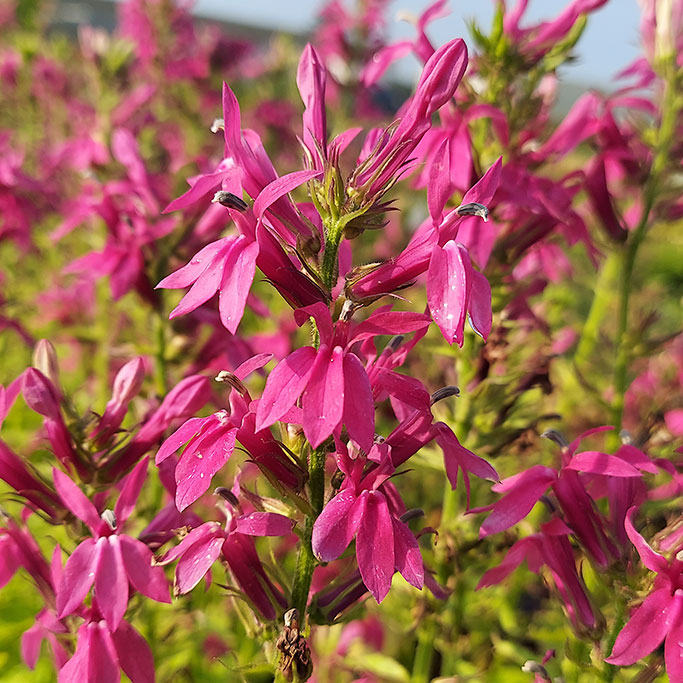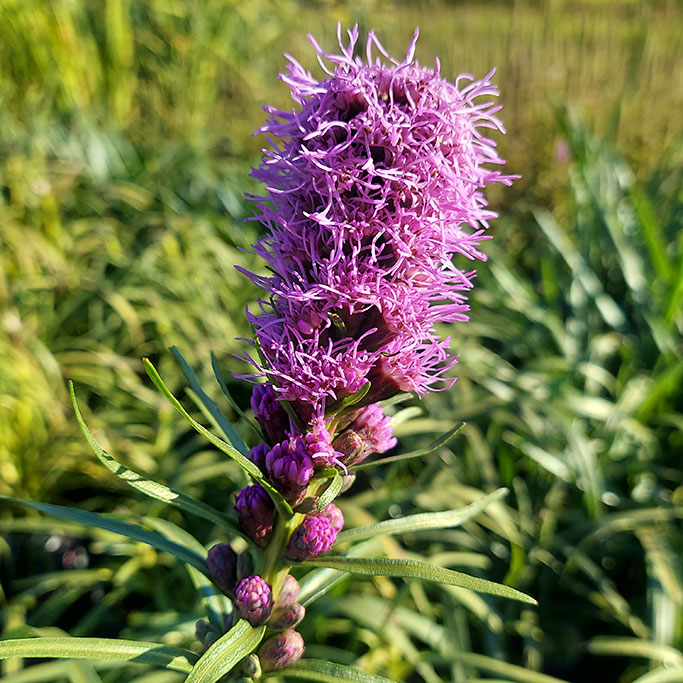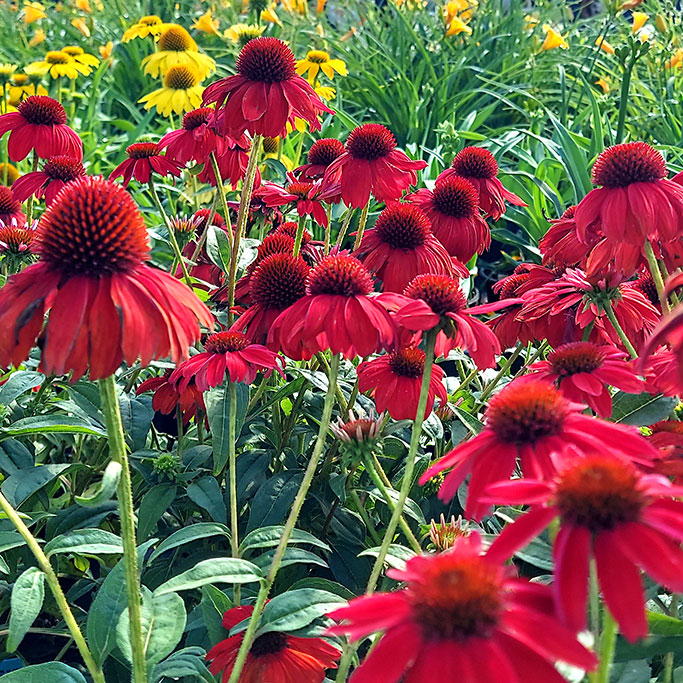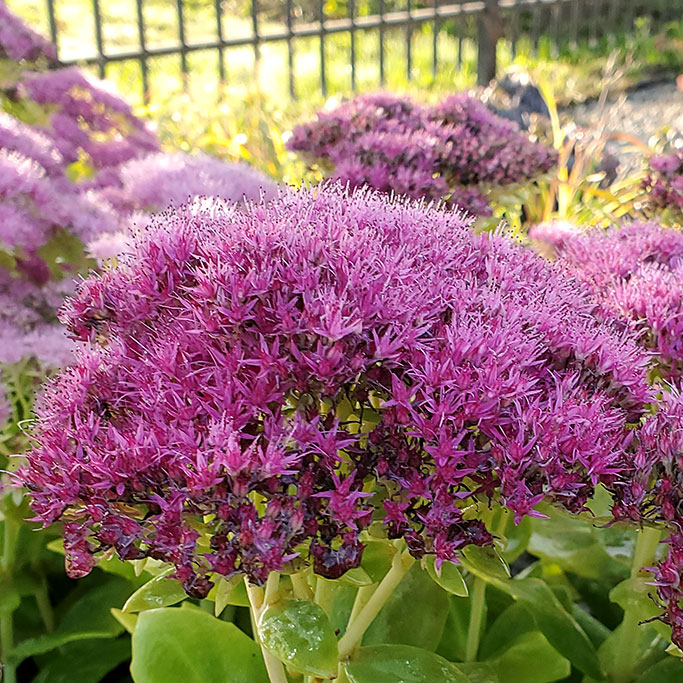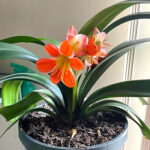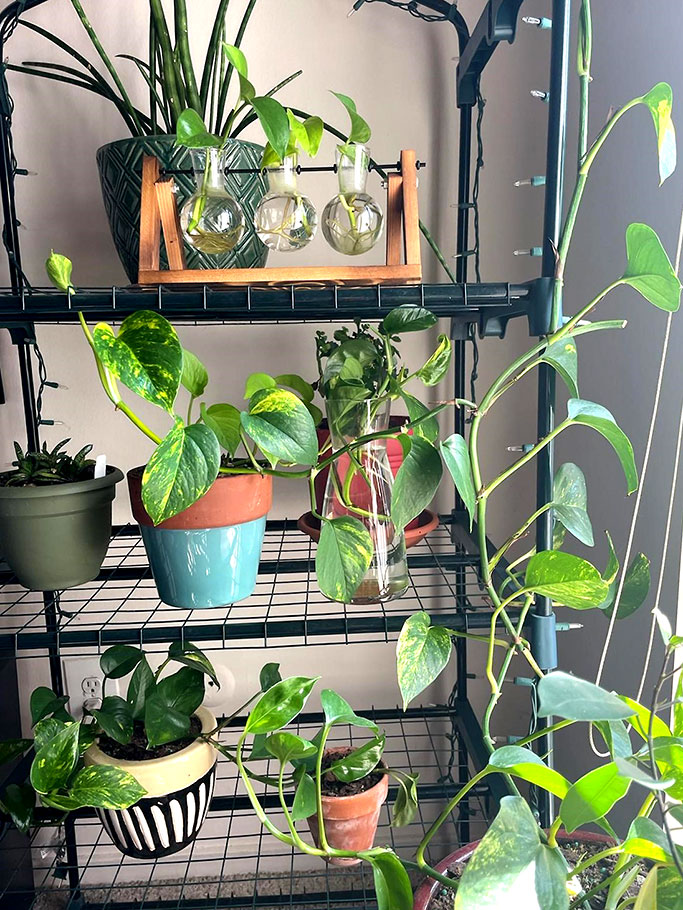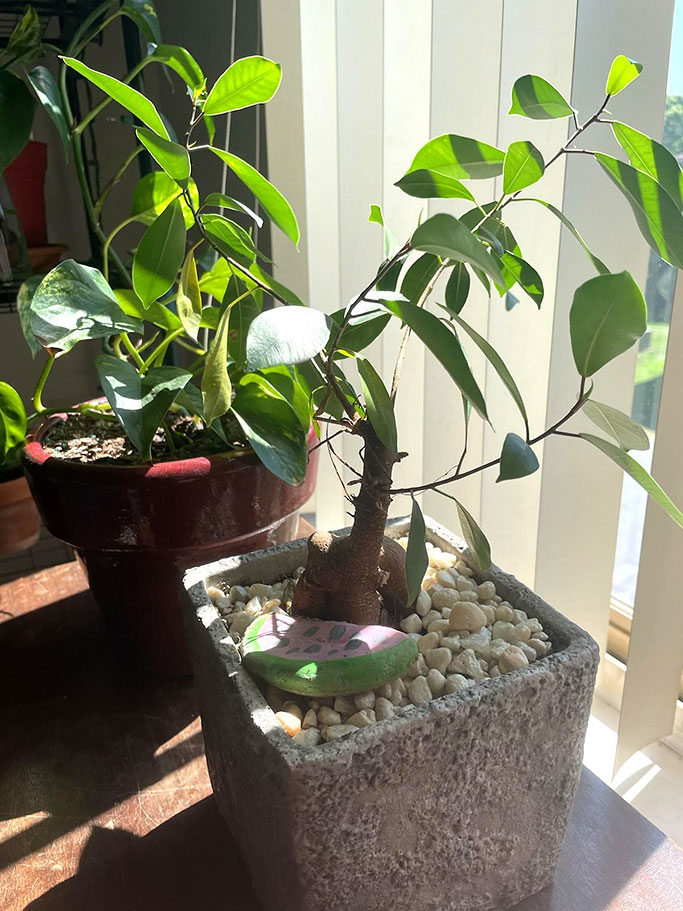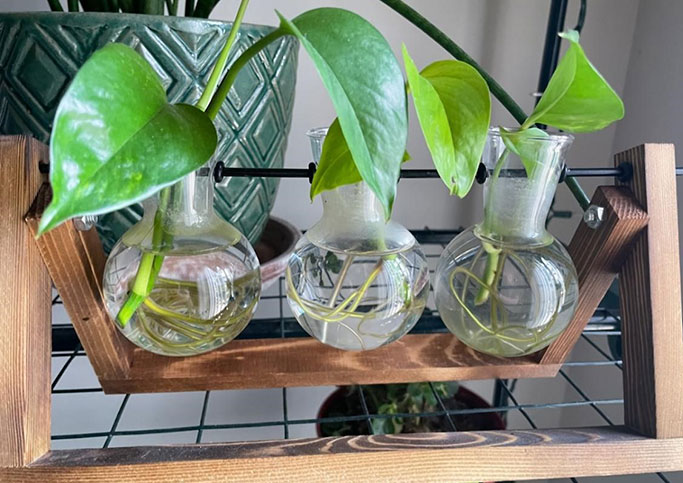If you have seen me around the nursery lately, you might have noticed that I look a little different. That would be because I am currently 9 months pregnant, expecting my first child- a baby girl, due on July 21st. With this article's due date, and my actual due date approaching, I wanted to think of a way to tie my baby to the horticulture industry. Not only would that make this article a memorable keepsake, but also something I could relate to on a personal level. Then it dawned on me, BABY plants! Considering the approaches of seeds, seedlings, and plugs when starting a garden or in nursery production.
Which is better when starting your own garden- seeds, seedlings, or a mixture of both? Well, that depends on how much time and money you have to invest into this project.
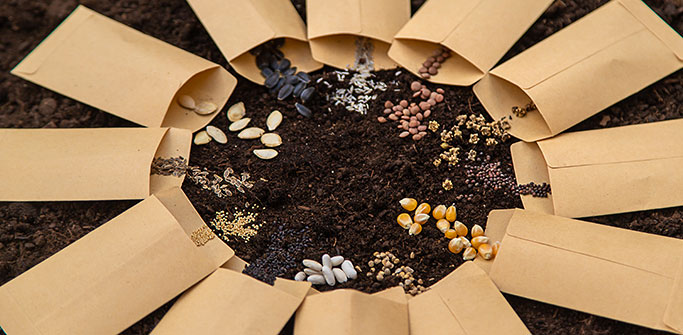
If choosing to start with seeds, you will have the benefit of variety. There are endless varieties of seeds available, which would allow you to grow exactly what you want. Seeds are also typically less expensive, so if cost were a factor, seeds could be a little easier on the wallet. However, do consider the added costs of materials needed for seed propagation which could include seeding trays, special tools, and equipment like grow lights (depending on your location).
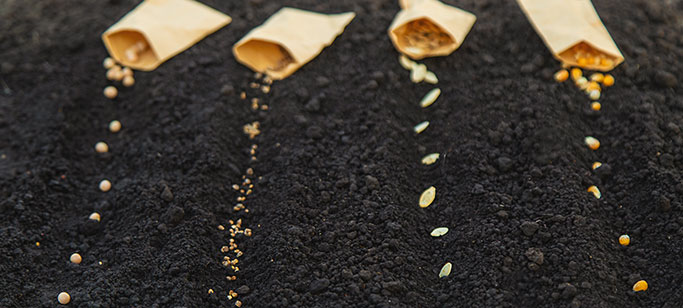
Another important detail to consider is the time-consuming nature of seeds, and the time it takes to reach maturity on your selected varieties. This timing is crucial to having your crops ready when you want them. Some seeds are quick to reach maturity, such as lettuce and spinach which can be ready in as little as 30 days. Other crops such as tomatoes and peppers can take months to fruit after planting, which makes them a better option to start as a seedling. In this case, knowing your limits and making these choices based on time to maturity will be your best bet.
Lastly, when choosing seed propagation, there also is a sense of pride in growing something start to finish. That feeling of pride is something I have experienced in the past but am now feeling in a way I never thought possible. Starting something from scratch and looking back and saying “I DID THAT” is a very special feeling. Especially in the end when you see your perfect baby- or cucumber, that you grew from scratch.
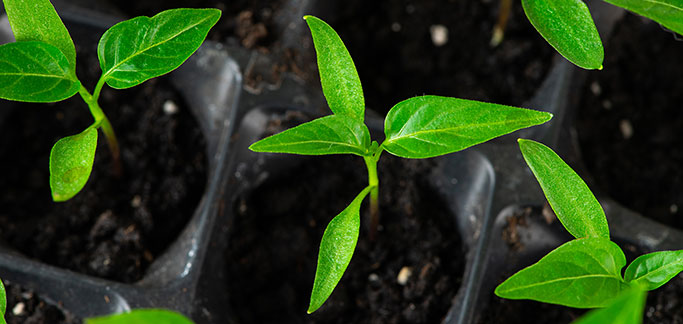
Starting a garden from seedlings- or transplants, is a much easier route to get the garden of your dreams. There is no shame in letting a professional start your plants off, grow them up and then plant the established transplants in a straight row. Think of this like sending your seeds off to daycare!! The benefits of this include less planning time, less loss, and can give you more predictable results. Timing is still something to consider when planting seedlings, but MUCH less so. Instead of all of the planning of maturation times, you will just need to make sure your seedlings are not planted too late, giving them time to bear fruit by their desired harvest date. A downfall of starting with seedlings can be cost. Generally, the transplants from your local nursery are more expensive than seeding the garden. Keep the cost in mind if this is the route you are considering.
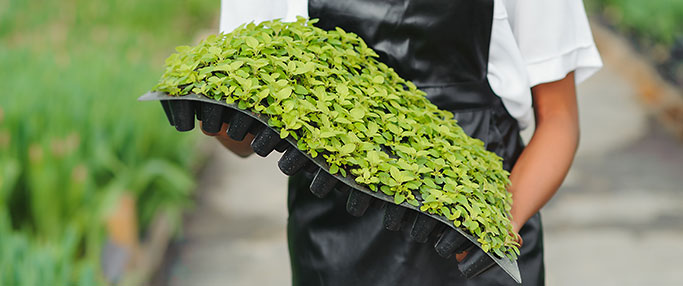
Here at Christensen’s, we do some of our own perennial production. Considering that we are not a farm, or greenhouse, we start all our production from plugs (comparable to transplants). Over the years, through trial and error, I have learned what does, and doesn’t work for us. Cell sizes in the industry range from 128 cell-teeny tiny cells, all the way up to 21 cell- jumbo cells. These individual units are called liners. Over years of experimentation, I have learned that the larger cells- 30c to 21c- work best for me. Depending on the plant, and time of year, I get the best finish out of these. There is a lot of planning when it comes to perennial production. For example, a Nepeta started past Memorial Day can finish off in 4 weeks, whereas an Echinacea started in April, will typically not be available until mid-June. My main tip is to start at your desired finish date and work backwards as to when it should to potted, crop by crop. The plug size and temperature when planting are factors you must consider. Or just come see us for all of your perennials. We’re happy to help!
There are many resources out there to help when raising your babies. For me the best have been “What to Expect When Expecting”, all the wonderful parents in my life, and TikTok. For you with your gardens, there are many seed starting guides, the Farmers Almanac, the Simple, Sensible, Solutions guide from Walters Gardens (for perennial production), and many other excellent books! A trip to the library (or Amazon) is an excellent way to start a garden (or production).
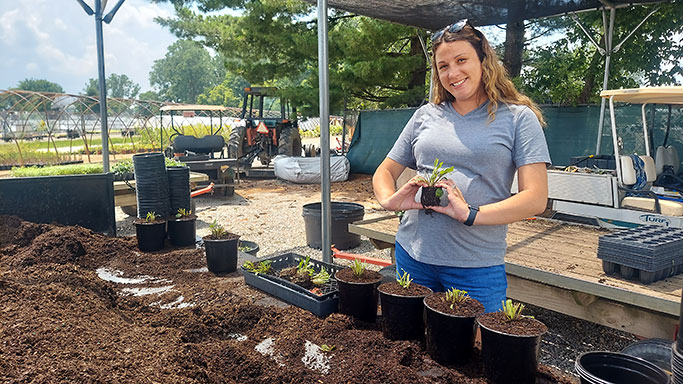
In conclusion, there are benefits to starting your garden with seeds, seedlings, and a combination of both. As with most things, time, money, and determination are factors that can help make the decision for you. Choose wisely, but just know that like with becoming a parent, there will be much to learn. In my case I am going to go into it with an open mind, taking advice from those around me, while also finding my own way. I have learned that growing my little ‘seedling’ is not easy. In fact, it is the most challenging thing I have done to date. But I know the reward at the end will be the most glorious of ‘gardens’ I could have ever imagined.
